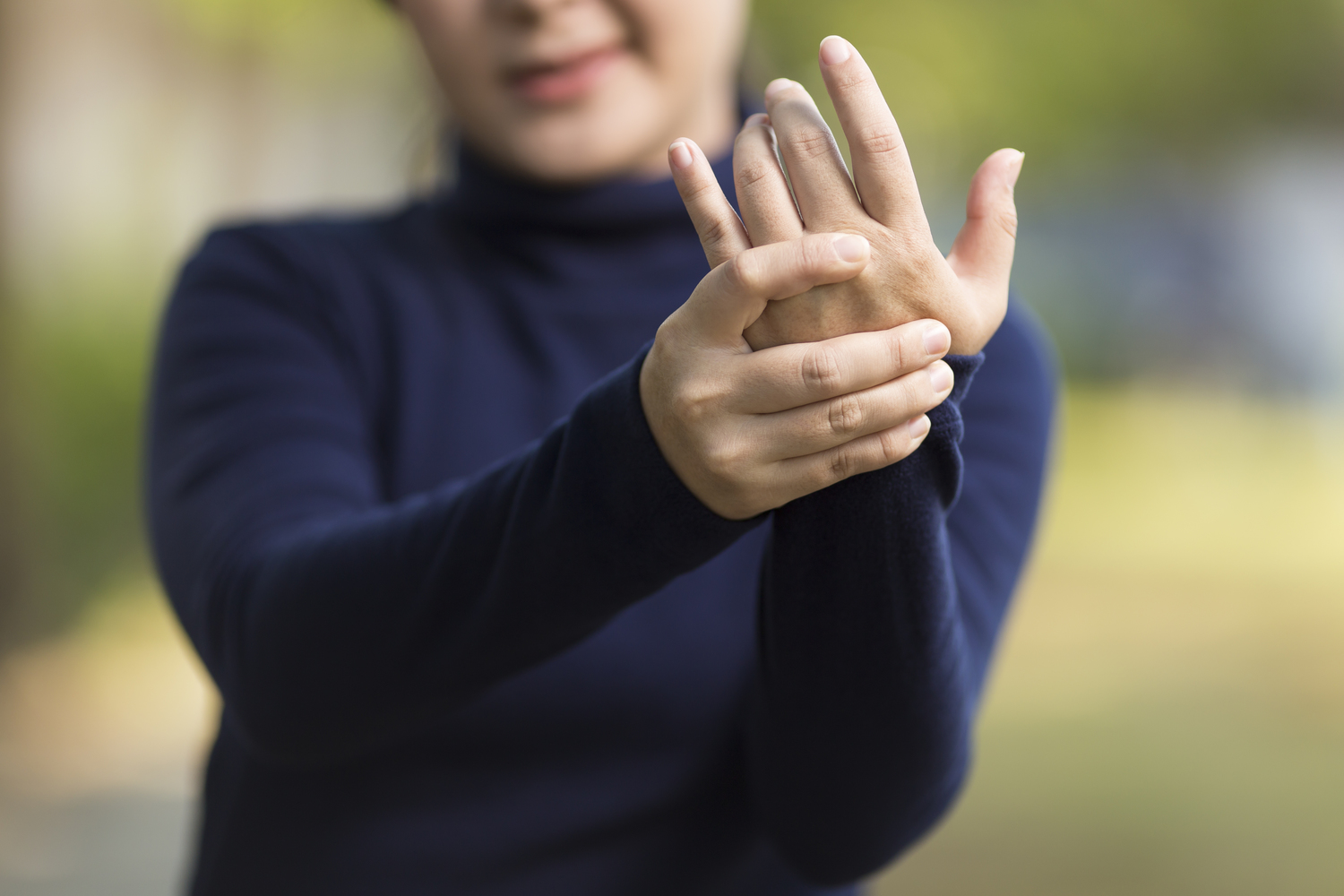Understanding Trigger Finger and How to Manage the Pain
Trigger finger is a condition that makes one’s fingers get locked in a bent position, so trying to bend and straighten them causes pain or stiffness. Also known as stenosing tenosynovitis, the condition generally affects those whose jobs require repetitive gripping or finger movement, such as farmers, musicians, and even cashiers. It is also common among women and people with diabetes. When the symptoms are restricted to the thumb, it is known as trigger thumb.
Common symptoms
In this condition, a tender lump or soreness can be felt at the base of the finger on the palm side of the hand.

Treatment options
Initially, a non-surgical course of treatment is recommended by the doctors. The kind of treatment depends on the severity of the condition. Some of the common trigger finger pain treatment options are:
Medical intervention: The course of treatment prescribed by a licensed physician can help relieve the symptoms. It is important to follow the course diligently and for the required period.
Using splints : Doctors may recommend wearing a splint (a supportive device) at night as it will help keep the affected finger or the thumb still and in an extended position. This will also help those affected sleep better without worrying about their moving finger. Those who do not have an extremely active lifestyle may be asked to use it for just a few hours during the day.
Stretching exercises : Gently stretching your wrist and fingers can help get rid of stiffness and significantly improve the range of motion. Kneading or shaping clay can also serve the purpose.
Rest: It is important to recognize the activities or tasks that originally led to this condition. Avoiding such activities by taking a break can help improve the trigger finger symptoms. If such tasks are unavoidable, doctors may suggest wearing padded gloves while working to minimize the damage.
Home remedies: While not the most effective trigger finger pain treatment solution, soaking your hands (up to the forearm) in lukewarm water can increase blood circulation. Adding essential oils like eucalyptus oil or peppermint oil will help you relax. A good 10-minute soak can help reduce the pain.
Massages: Gentle finger and hand massages may help alleviate the pain. However, it is better to consult a doctor before trying massages at home.
Doctors may also recommend the following procedures for severe cases:
Percutaneous release : Here, the doctor uses a needle inserted into the area around the affected tendon to help break up the constricting tissue. As there is no incision, stitches are not required for this procedure. This is a relatively cheaper trigger finger pain treatment option compared with open surgery.
Trigger finger release surgery: In this procedure, the surgeon makes a small cut near the base of the affected finger. Through this incision, they can cut through the constricted section around the tendon sheath. Surgery can help restore movement and allow the tendons to slide with better ease.
Doctors may recommend physical therapy following these trigger finger pain treatment procedures.
What causes trigger finger?
It is important to understand the anatomy of fingers to understand the exact trigger finger causes. Our ability to fist, pinch, or grip is controlled by flexor tendons, which run right from the forearms to the ends of the fingers. This long, cord-like structure attached to the muscles and the bones enables the fingers to bend. Each tendon passes through the tissue (called tendon sheath) that covers it. In trigger finger, tendons can get inflamed and even swollen, making it difficult for them to glide through the sheath. Prolonged irritation of the tendon sheath further limits the tendon movement as tendons can develop bumps. When this happens, pulling this tendon through the sheath makes it pop or snap.
Further, certain individual factors may increase the risk of developing trigger fingers:
Serious health conditions: People with rheumatoid arthritis, gout, and diabetes are more likely to be affected.
Age and gender: People between the ages of 40 and 60 are more susceptible to the condition. Women are also at a higher risk.
Occupational factors: People whose occupation requires repeated and strenuous use of their fingers—for instance, musicians, farmers, and industrial workers—are more likely to experience trigger finger symptoms.

